What types of groundcovers would you use for a shade garden or a full lawn?
Kristyn Greenfield likes to plant two or three kinds of groundcovers, mixing colors and textures, and plant other perennials between them so the groundcovers don’t end up eventually growing together.
An example would be in a shade garden, in which she might plant different varieties of large hostas between groundcovers, said Greenfield, owner of Bloom Landscaping.
Some of her favorite groundcovers for shady areas are wild ginger, Lamiastrum (especially Herman’s Pride), pachysandra, vincaand sweet woodruff, she said.
For lawn alternatives in large areas, she suggested sedums and creeping thyme.
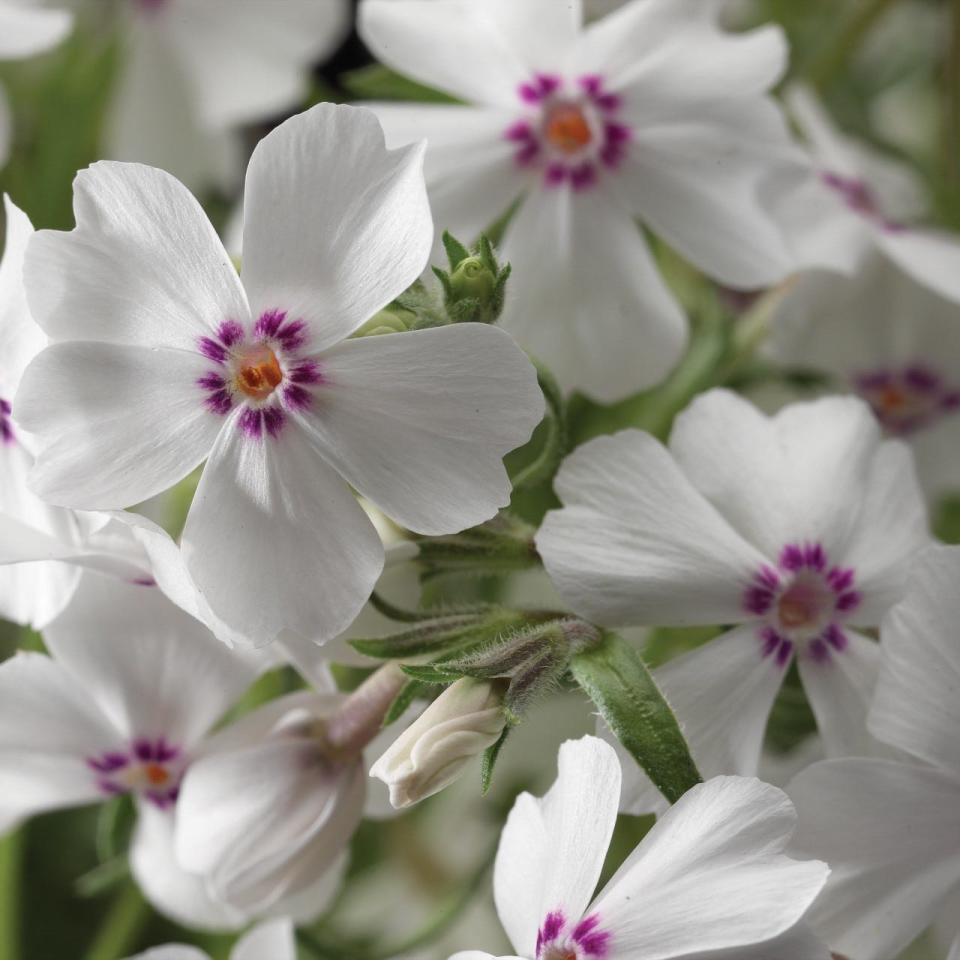
Sam Carlson said she might add groundcovers along foundations or in a kidney-shaped bed, mixing varieties for color throughout the growing season.
“You can really put them anywhere. I love that you can create these little oases for the pollinators,” said Carlson, a landscape architect at Bret Achtenhagen Seasonal Services in Mukwonago.
Dick Zondag said he likes to use them under trees.
“Grass doesn’t grow in every area. If you have a very shady area under a maple tree, it can be really difficult to grow grass there, and that’s where groundcovers come in handy. … If you have a large shade tree, you can put a 10 foot circle around it and use ground cover instead of grass,” said Zondag, past president of Jung Seed Company.
He used native groundcovers at the edge of a wooded area at his Randolph home.
“I have a strip of woods, and at the edge of the trees I put in native groundcovers for shade to have added color.”
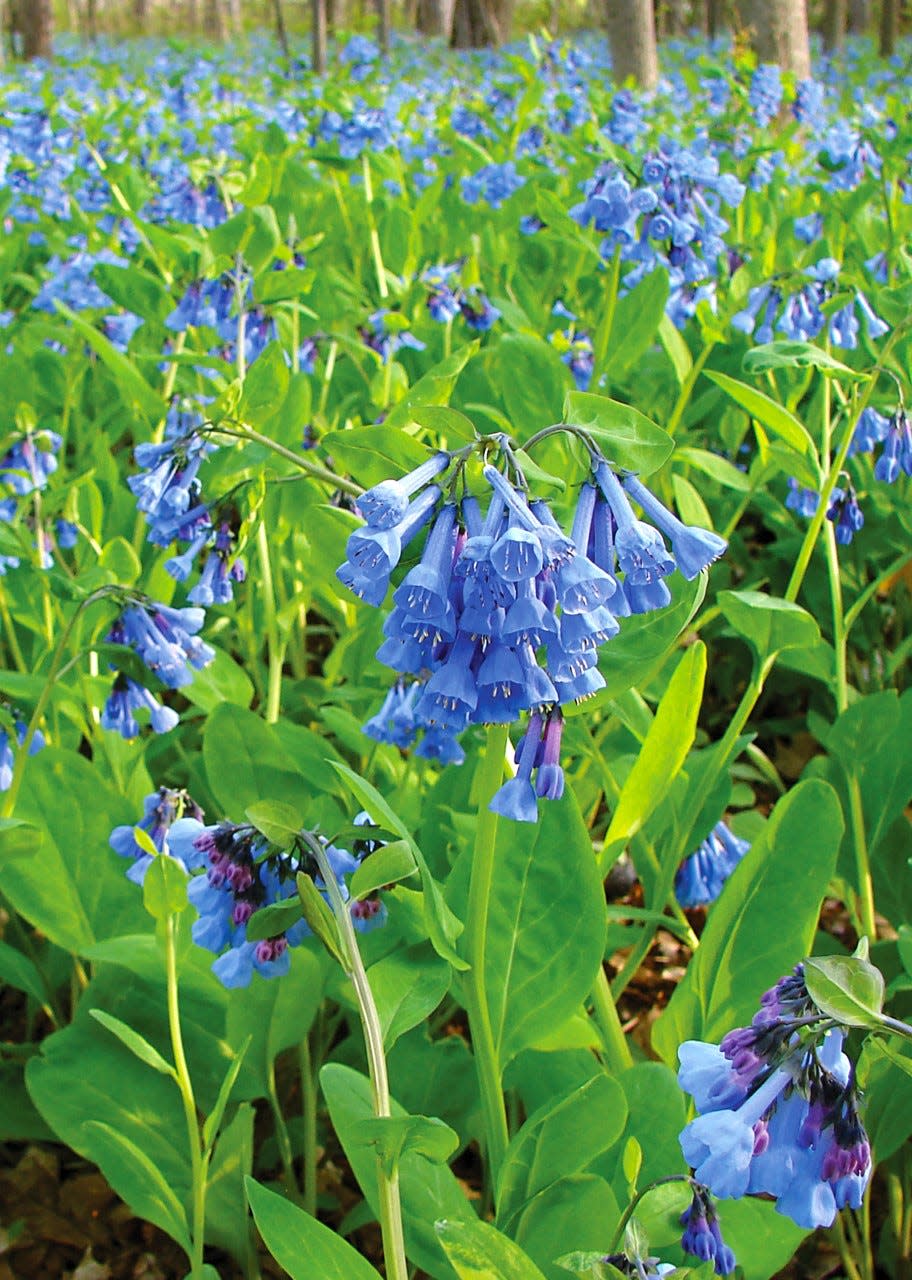
More: No mow May is a good time for Wisconsin homeowners to consider groundcover plants
More: Here's how to register for No Mow May in Milwaukee
Carlson said some of her favorite groundcovers are spring ephemerals, a wood anemone, a sedge and an ajuga.
Spring ephemerals are a type of groundcover that grows in wooded areas, she said. They are among the first plants to offer blooms for pollinators in spring and are beautiful when they bloom.
Some in this class she loves are yellow marsh marigolds, pasqueflower and Virginia bluebells.
The wood anemone is a favorite because it’s a Wisconsin native, it’s not aggressive, and has beautiful white flowers.
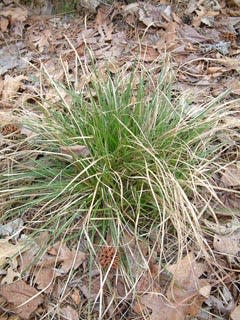
Sedges don't need mowing or fertilizing
Sedges, which grow in shade and some sun, are a large family of plants she likes because they are grass-like but don’t have to be mowed or fed. Sedges are durable and can grow in challenging site conditions, Carlson said.
A favorite is Pennsylvania sedge, a lush green plant that grows about 12 inches tall but lies down. It fills in nicely and makes beautiful waves of grass-like texture.
“It’s absolutely stunning, and it plays nicely with other plants. It’s not so aggressive you can’t pop in other perennials that would offer habitat later in the season,” she said.
She also loves Burgundy Glow Ajuga, which has purple flowers.
“I have it creeping in between my flagstone steppers. It’s a great resilient little plant. You can’t kill it. It’s durable enough to handle some foot traffic,” she said and added that it does well in most types of soil, making it a good choice for new gardeners.
More: 23 great, mostly new plants for Wisconsin in 2023
More: A guide to Milwaukee area farmers markets open in 2023
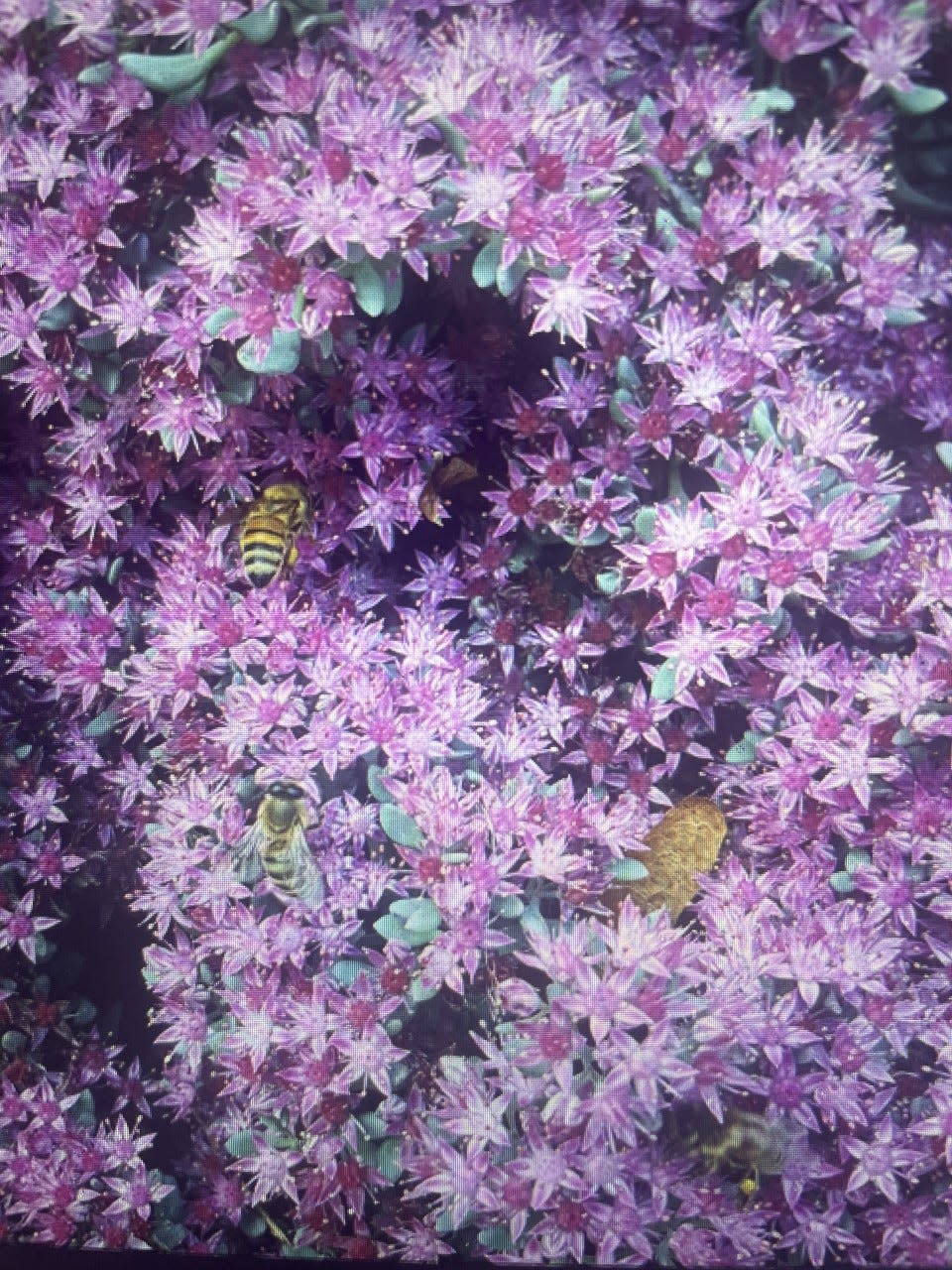
Sedums provide 'constant drama' in a garden
Greenfield favors sedums and thymes.
She likes sedum because it comes in a variety of colors, from shades of green to grays, plums, chartreuse, blues and reds.
“My number one favorite groundcover is a spectacular little lady called Angelina Sedum. I love to incorporate plants with exciting foliage colors to maintain constant drama in a garden. Angelina maintains a bold chartreuse color the entire season, becoming orange-tinged in fall. …. Angelina offers exciting textural contrast to most plants, and it can look robust into winter until a snowstorm.
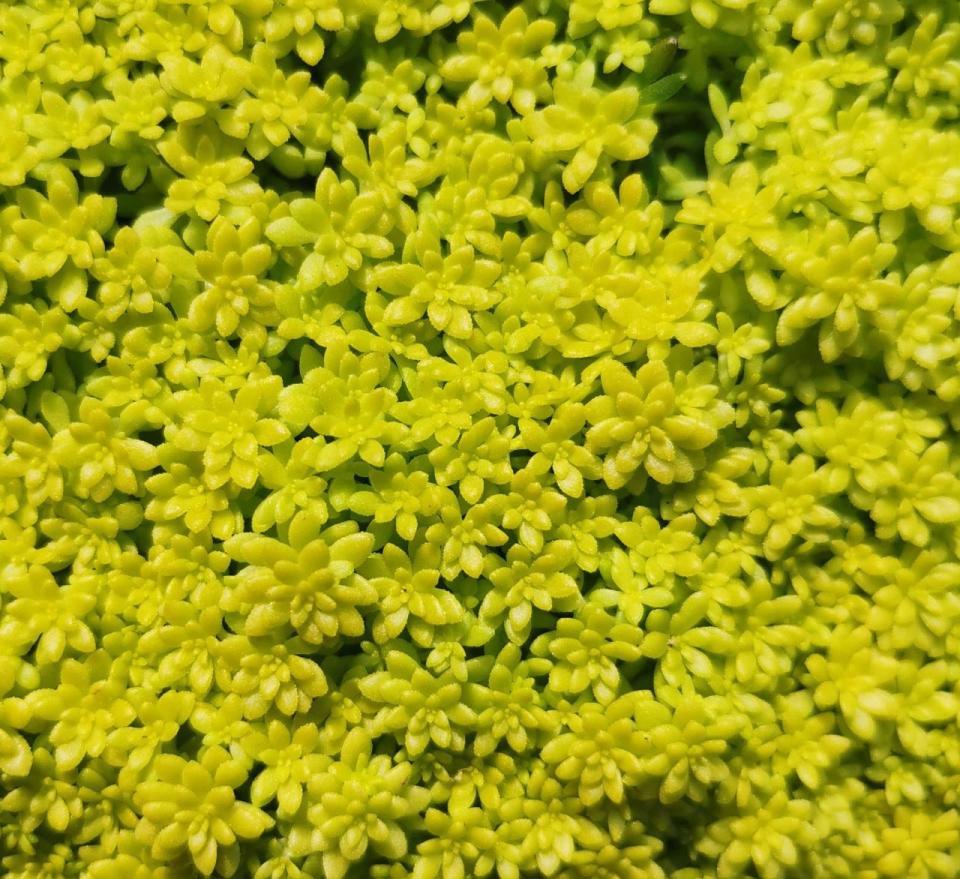
“I’m also into Lime Zinger Sedum right now. It has gorgeous rosettes of grayish-green with red tips that remain compact even after blooming.”
She calls creeping thyme “the quintessential plant to place between steppers for that quaint, beloved English garden look."
“It’s such a great plant for that function as it only gets 1 to 2 inches tall, so it doesn’t dominate the steppers.
“I like red creeping thyme (Thymus praecox) because it offers a brighter flower color, and I like elfin thymebecause its foliage is extra compact and tiny,” she said.
Zondag’s favorites are two sedums, a phlox and a vinca.
“The low-growing sedums have such a variety of leaf colors and flowers, they are very fast growing and are great for hot, dry, sunny locations. I really like the old Dragon's Blood Sedum. It has a nice dark green color all summer long.
“Gold Dust Sedum has yellow flowers above the foliage, and when the flowers are done the foliage covers up the blossoms.
“There’s also a new creeping phlox I like called Amazing Grace. The flower has a pinkish center and a white edge. It’s really nice. … It’s low growing, and when the new growth comes out it’s just beautiful. It blooms in mid to late May.
“For shade or partial shade I like vinca minor for its glossy green foliage and its blue or purple flowers in early summer,” he said.
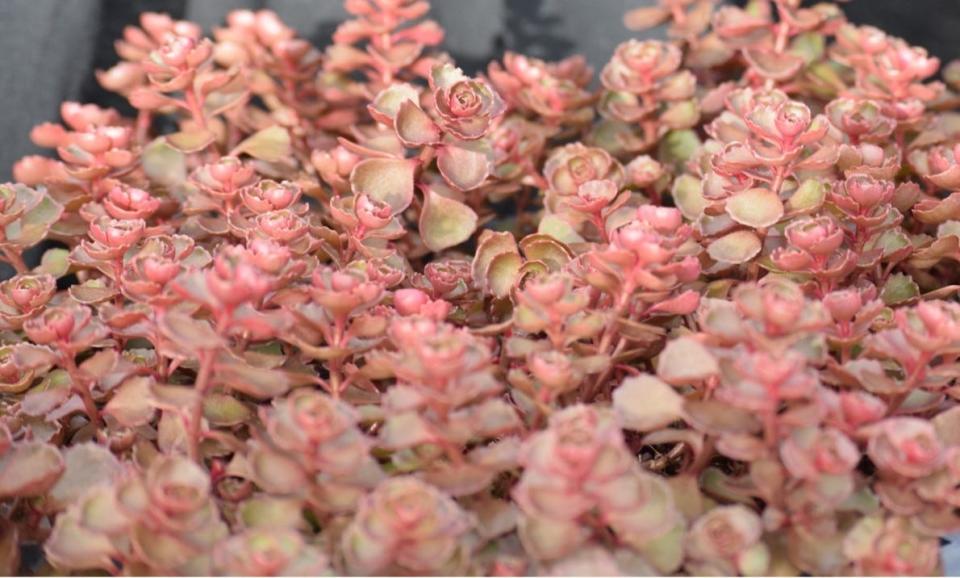
More: 2023 Milwaukee area plant sales begin with pre-orders, and focus on native perennials
This article originally appeared on Milwaukee Journal Sentinel: These groundcovers work best on lawn or in shade in Wisconsin

